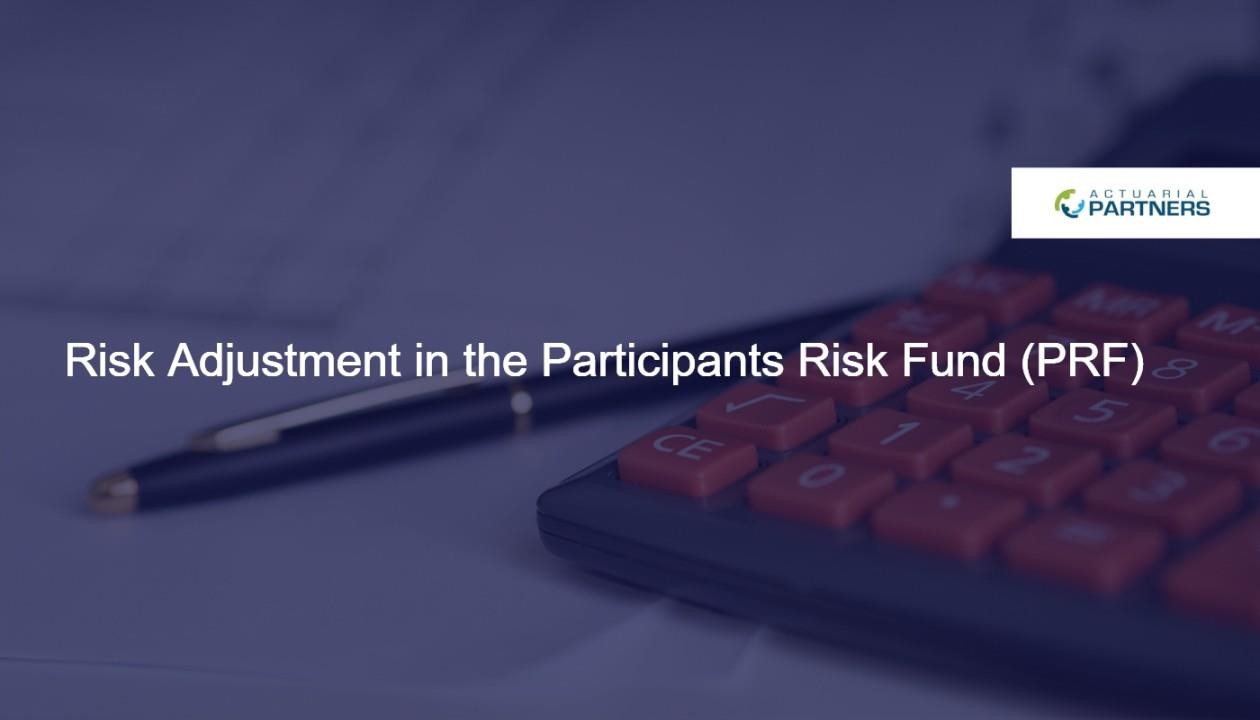IFRS17 is more than just a new accounting standard for insurance contracts, it also presents an opportunity to redesign IT systems for better data collection and analysis.
There are a number of steps to implement IFRS17 where we can assist you on your IFRS17 journey.
1. Financial Impact Assessment:
IFRS17 is expected to change the presentation of the Balance Sheet and Profit and Loss Statement of the insurance contracts. The impact varies by the type of insurance contracts and therefore it is important for insurance companies to carry out Financial Impact Assessment to understand how IFRS17 affects the financial of your company. The goal is to understand the potential effects of IFRS17 of the major products, and use that to set the accounting policies for the company. In particular:
- New business assessment: Assess the profit signature of the major products currently being sold under the current IFRS 4 basis against IFRS 17. The accounting policies that are relevant for new business assessment would be the Measurement Model and the Coverage Unit. The accounting policies would affect the key metrics such as profit margin and new business value.
- Assessment of Contractual Service Margin (CSM): Assess the CSM by product line with the goal of estimating the CSM at point of transition. This is important step to understand the impact on liabilities and equities in the Balance Sheet.
- Assessment of future earnings: Highlight and quantify any significant variation that can be expected on future earnings after transition to IFRS17
- Assessment of general insurance long term business: Assess the financial impact of adopting General Measurement Model for long term general insurance business. General insurance company tends to adopt simple calculation to determine provision for insurance contracts. It would be useful to understand the impact of adopting cash flows method to determine insurance liabilities.
2. Gap analysis:
With the complete overhaul of financial reporting, it requires the insurance company to identify the new data flow and reporting chain across IT, Actuarial and Finance departments. The goal of the business impact assessment is to document the “As-Is” position of the existing financial reporting processes, data and systems, and further define and validate the “To-Be” positions that align to the target requirements.
3. Implementation of actuarial software:
IFRS17 has specific requirements on the cash flows projection. General insurance company that offers longer than one-year term policy may want to implement actuarial software that can generate fulfilment cash flows for General Measurement Model. Life insurance company may want to enhance the existing actuarial software to cater for different requirements compared to the statutory valuation. New requirements such as Coverage Unit, Annual Cohort, separation of reinsurance cash flows will need to be considered in the actuarial software, so that it has the required cash flows feeding to the IFRS17 engine.
4. Implementation of IFRS17 engine:
IFRS17 introduces some very complex calculations at Group of Contracts level, with many new disclosures necessary to comply. IFRS17 engine would typically perform the required IFRS17 calculations, producing double entry journals and the reporting disclosures for company to comply with the IFRS17.
We have been working closely with Moody’s Analytics and we are the Moody’s Analytics RiskIntegrity IFRS17 Certified Consultant to provide insurance and takaful operators with actuarial consulting services and software solutions to support the IFRS17 implementation.
We assist companies to implement IFRS17 engine based on the accounting policies chosen. Depending on the measurement model chosen by the company, the data requirements for IFRS17 engine vary. Therefore, it is important for the company to confirm the accounting policies prior starting the implementation of IFRS17 engine.
The timeframe required for the implementation depends on the complexity of the business and the availability of data at the required granular level. After the implementation phase, we would assist with the System Integration Testing (SIT) and User Acceptance Testing (UAT) before handing over the calculation engine to the company for production.
5. Transition calculations:
Once all the systems are in place and fully tested, insurance companies are required to perform transition calculation to produce the opening balance sheet for IFRS17 reporting. There are three approaches for transition calculation. The data requirement and assumptions setting would be different under these approaches.
6. Periodic IFRS17 review:
Once the IFRS17 reporting goes live, insurance companies will be required to perform IFRS17 on regular basis. Given the complexity of calculations, many stakeholders are not yet familiar with the new presentation of the financials, and may not pick up the key trends in the results. We can assist to validate the calculations, review the results and summarise our findings in a report for the stakeholders.
7. Impact on actuarial works post IFRS17:
The headline metrics for financial would change post IFRS17. Gross premium would no longer be visible in the Profit and Loss Statement and various insurance company’s KPIs would also be affected by the change. The preparation of the business plan would become very challenging due to Insurance Revenue mainly coming from actuarial’s cash flows projection. We foresee the actuarial team will be much more involved in the business planning going forward.
Subject Matter Experts



Case Study: IFRS 17 Implementation for Syarikat Brunei Darussalam (STBD)
We have been the appointed actuary for STBD for many years and we have been further engaged to implement the actuarial software (Mo.net) and IFRS17 engine (RiskIntegrity) for IFRS17 reporting. We have many discussions with STBD’s Finance and Actuarial teams to understand the business requirement and the target stage solutions. We also work very closely with the ETL team (an external advisor) to ensure seamless data integration between the source system, actuarial software and RiskIntegrity. For such a large implementation project with many moving parts, we have regular Teams meetings to discuss data issues, implementation challenges with various stakeholders. Apart from the implementation of Mo.net and RiskIntegrity, we have been involved in SIT, UAT and transition calculations.
Related Blog Articles
 Light at the end of the tunnel (but we are not there yet)
(2020-11-01 10:57:00)
–
My first article of this series on applying IFRS 17 to takaful was posted on November 13 2019. Exactly one year on, and after ten such postings, I can report that Malaysia is moving somewhat in the right direction as to satisfying the two guiding principles of accounting for takaful: That the presentation of the…
Read More
Light at the end of the tunnel (but we are not there yet)
(2020-11-01 10:57:00)
–
My first article of this series on applying IFRS 17 to takaful was posted on November 13 2019. Exactly one year on, and after ten such postings, I can report that Malaysia is moving somewhat in the right direction as to satisfying the two guiding principles of accounting for takaful: That the presentation of the…
Read More
 Accounting for Takaful under IFRS17
(2020-09-01 17:02:00)
–
Accounting for insurance is a complicated matter. It took the IASB nearly 20 years to produce IFRS17. Over the period during which IFRS17 was formulated, no submission was made to the IASB to determine its applicability to takaful. Now that the standard is out, takaful companies are scrambling to determine how to apply the standard…
Read More
Accounting for Takaful under IFRS17
(2020-09-01 17:02:00)
–
Accounting for insurance is a complicated matter. It took the IASB nearly 20 years to produce IFRS17. Over the period during which IFRS17 was formulated, no submission was made to the IASB to determine its applicability to takaful. Now that the standard is out, takaful companies are scrambling to determine how to apply the standard…
Read More
 Risk Adjustment in the Participants Risk Fund (PRF)
(2020-08-01 11:56:00)
–
IFRS17 (the Standard) requires that the fulfilment cash flows in the determining the liability underlying an insurance contract includes a Risk Adjustment (RA) for non-financial risks. Specifically Paragraph 37 says: “An entity shall adjust the estimate of the present value of the future cash flows to reflect the compensation that the entity requires for bearing…
Read More
Risk Adjustment in the Participants Risk Fund (PRF)
(2020-08-01 11:56:00)
–
IFRS17 (the Standard) requires that the fulfilment cash flows in the determining the liability underlying an insurance contract includes a Risk Adjustment (RA) for non-financial risks. Specifically Paragraph 37 says: “An entity shall adjust the estimate of the present value of the future cash flows to reflect the compensation that the entity requires for bearing…
Read More
IFRS 17 online courses.
For more information on our IFRS 17 online courses, please visit our learn@AP site.



